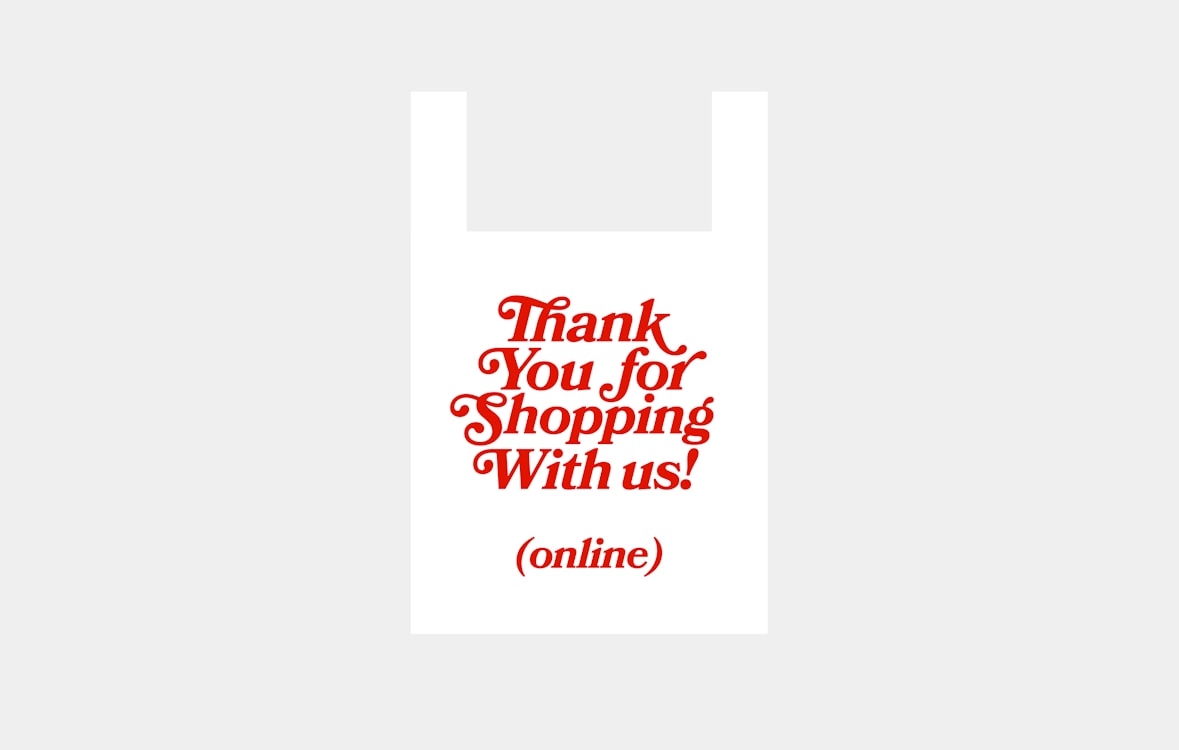Table of Contents
- Integration Benefits
- Setting Up Bol.com with Shopify
- Best Practices for Multi-Channel Selling
- Common Challenges and Solutions
- Future Trends in E-commerce Integration
- Wrap-up
- FAQ
Integration Benefits
Over 80% of online shoppers in the Netherlands have made a purchase on Bol.com, making it a powerhouse in Dutch e-commerce. For Shopify store owners, tapping into this market can be a game-changer. The integration of bol.com and Shopify opens up a world of opportunities for sellers looking to expand their reach and boost sales.
Connecting these two platforms allows for:
- Expanded market reach
- Streamlined inventory management
- Unified order processing
- Simplified pricing and product updates
By integrating Bol.com with Shopify, sellers can manage their entire e-commerce operation from a single dashboard, saving time and reducing errors. This efficiency is crucial for businesses looking to scale without increasing their workload proportionally.
Setting Up Bol.com with Shopify
Setting up the integration between Bol.com and Shopify doesn’t have to be complicated. Here’s a simplified process:
- Create accounts on both platforms
- Choose an integration tool or app
- Connect your Shopify store to Bol.com
- Map your products and categories
- Set up order synchronization
While the process might seem straightforward, choosing the right integration tool is crucial. Tom IT Marketplace Connect is designed specifically for this purpose, offering a seamless connection between Shopify and various marketplaces, including Bol.com. It’s priced from $19.99 per month and offers a free trial, making it accessible for businesses of all sizes.
Best Practices for Multi-Channel Selling
When selling on multiple platforms like Shopify and Bol.com, following best practices can help ensure success:
| Practice | Benefit |
|---|---|
| Consistent pricing | Builds trust across platforms |
| Unified inventory management | Prevents overselling |
| Standardized product descriptions | Improves customer experience |
Implementing these practices can be challenging without the right tools. That’s where integration solutions like Tom IT Marketplace Connect come in handy, automating many of these processes to ensure consistency across channels.
Common Challenges and Solutions
Integrating bol.com and Shopify isn’t without its challenges. Here are some common issues and how to address them:
- Inventory discrepancies: Use real-time syncing tools
- Order processing delays: Implement automated order management
- Pricing inconsistencies: Set up dynamic pricing rules
- Product data mismatches: Utilize product information management (PIM) systems
Addressing these challenges effectively can significantly improve your multi-channel selling efficiency and customer satisfaction. Tools that offer unified order management and real-time inventory updates, like Tom IT Marketplace Connect, can be invaluable in overcoming these hurdles.
Future Trends in E-commerce Integration
The e-commerce landscape is constantly evolving. Here are some trends to watch:
| Trend | Impact |
|---|---|
| AI-driven inventory forecasting | Improved stock management |
| Cross-platform customer data integration | Enhanced personalization |
| Blockchain for supply chain transparency | Increased consumer trust |
Staying ahead of these trends can give sellers a competitive edge. Integration tools that adapt to these changes will be crucial for long-term success in the e-commerce space.
Wrap-up
The integration of bol.com and Shopify represents a significant opportunity for e-commerce businesses looking to expand their reach and streamline their operations. By leveraging the right tools and following best practices, sellers can overcome common challenges and position themselves for success in a competitive market.
Remember, the key to successful multi-channel selling lies in efficient integration and management. Tools like Tom IT Marketplace Connect offer comprehensive solutions for seamless integration, allowing businesses to focus on growth rather than getting bogged down in technical details.
FAQ
Q: How long does it take to integrate Bol.com with Shopify?
A: With the right tools, integration can be set up in a matter of hours. However, fine-tuning settings and ensuring everything works smoothly may take a few days.
Q: Can I manage orders from both platforms in one place?
A: Yes, integration tools like Tom IT Marketplace Connect allow you to manage orders from multiple platforms, including Bol.com and Shopify, in a single dashboard.
Q: Is it necessary to use an integration tool, or can I manually manage both platforms?
A: While manual management is possible, it’s time-consuming and prone to errors. An integration tool significantly reduces workload and minimizes mistakes, making it a worthwhile investment for most sellers.
Q: How does pricing work when selling on both Bol.com and Shopify?
A: Pricing can be managed through integration tools that allow for dynamic pricing rules, ensuring consistency across platforms while accounting for different fee structures.
Q: What kind of support is available for sellers new to multi-channel selling?
A: Many integration tools offer customer support and resources to help sellers navigate multi-channel selling. Additionally, both Bol.com and Shopify provide extensive documentation and support for their platforms.





